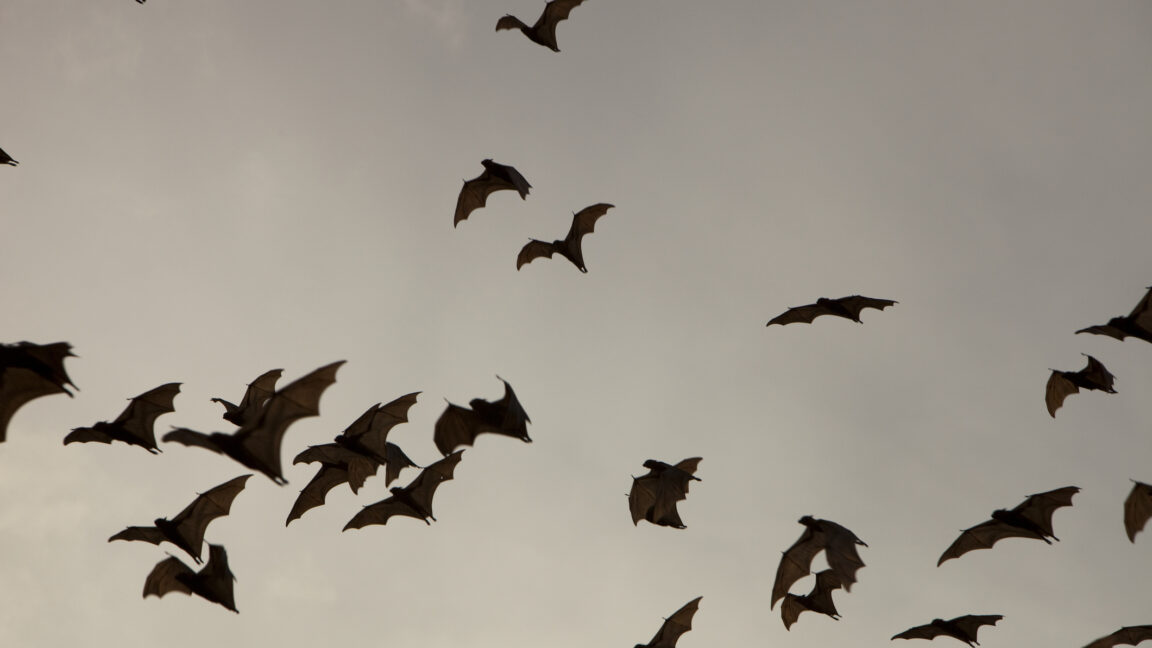Many species of bats use echolocation to avoid obstacles like tree branches and hunt small insects as they fly through the dark. But it turns out echolocation for bats is much more than just a short-range obstacle-avoidance and prey-targeting system. A recent study shows that one species of bats can stitch together thousands upon thousands of sound signatures into acoustic maps they use to successfully navigate several kilometers over their hunting grounds. The maps work even if the bats are completely blindfolded.
Blindfolded bats
“What echolocating bats do is they emit sounds, ultrasonic or not, and use the characteristics of the reflected echo to sense objects they have in front of them. We wanted to know if they use it for large-scale navigation. Most people think, ‘Of course they do,’ but the reality is we didn’t know that,” says Aya Goldshtein, a researcher at the Max Planck Institute of Animal Behavior in Konstanz, Germany. Goldshtein collaborated with scientists at Tel Aviv University on a study of how a species of bats called Kuhl’s pipistrelle navigate in their natural environment.
There were several reasons that navigation via echolocation wasn’t obvious at all. For starters, echolocation is hopelessly limited when it comes to range. Bats can use it to sense objects that are at most a few dozen meters away. It’s a tool closer to an ultrasonic parking sensor in a car than to a long-distance sonar in a submarine. It is also not omnidirectional. The cone of coverage bats get from echolocation is usually a maximum of 120 degrees, although they can modulate it to an extent, depending on the shape of their mouths.





 Arabic
Arabic Chinese (Simplified)
Chinese (Simplified) English
English French
French German
German Italian
Italian Japanese
Japanese Russian
Russian Sinhala
Sinhala Spanish
Spanish Tamil
Tamil